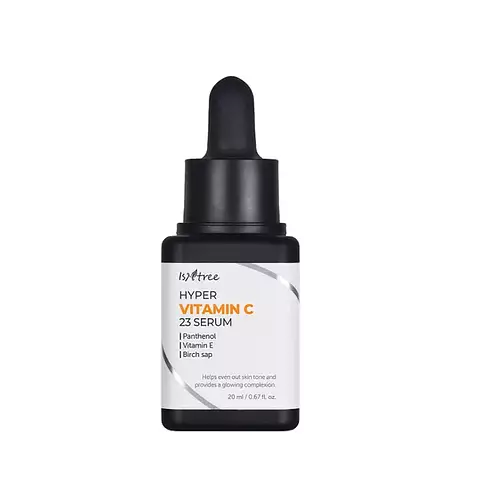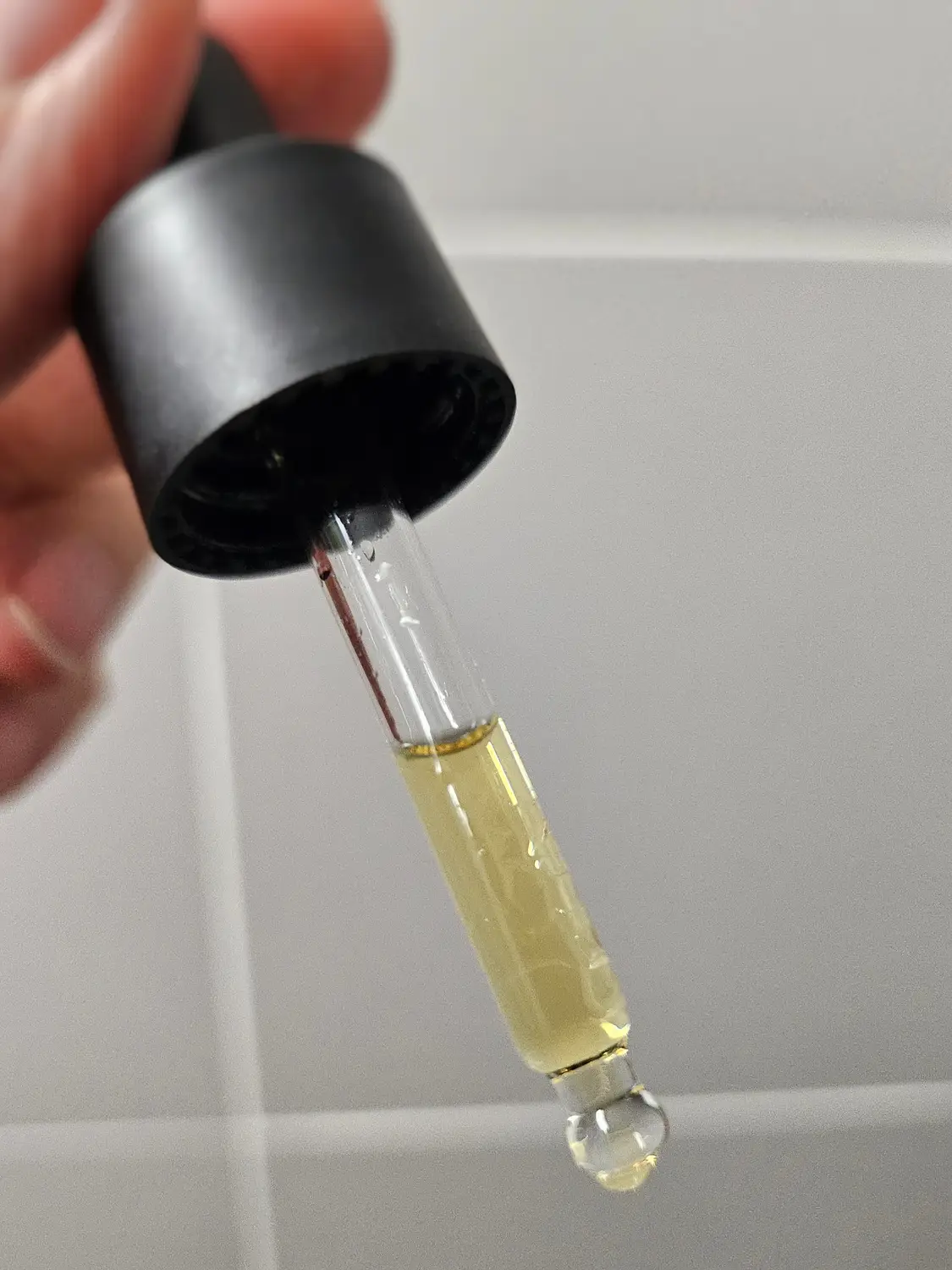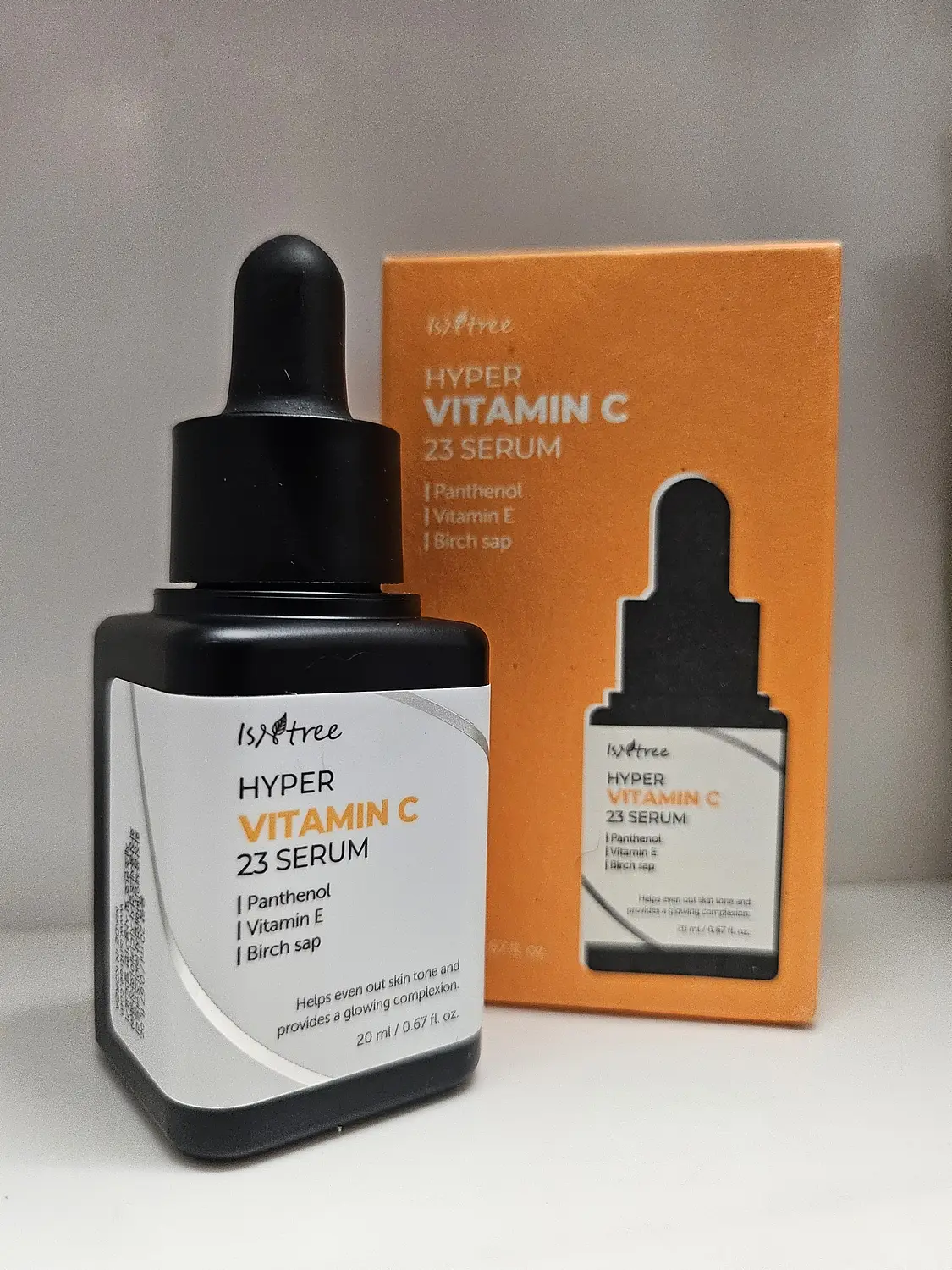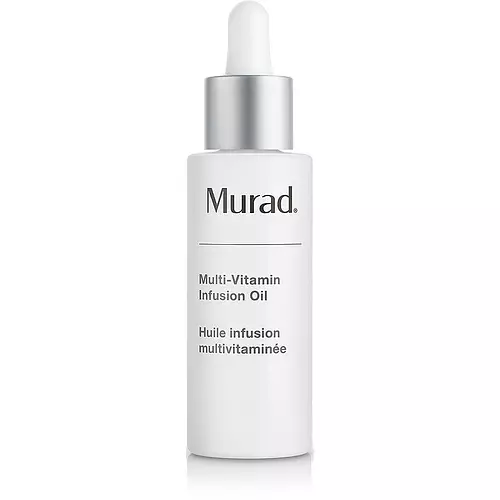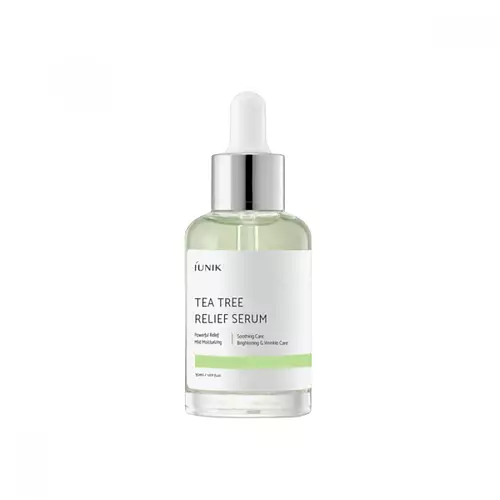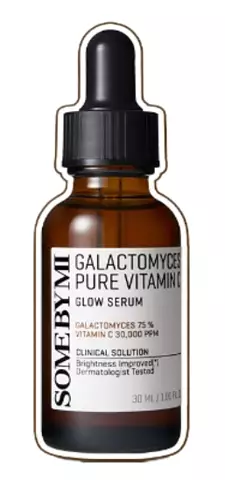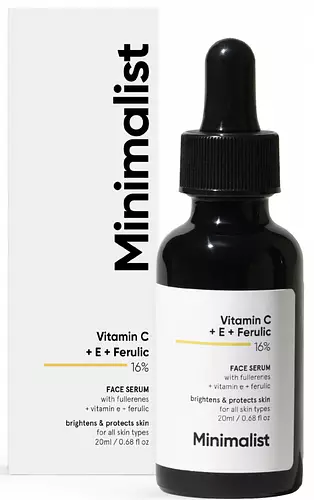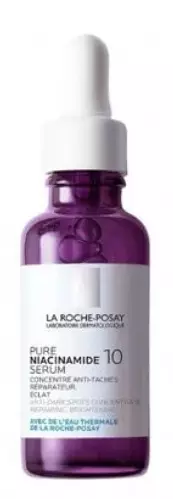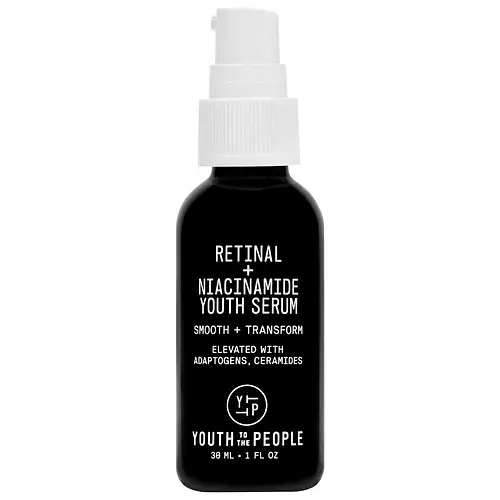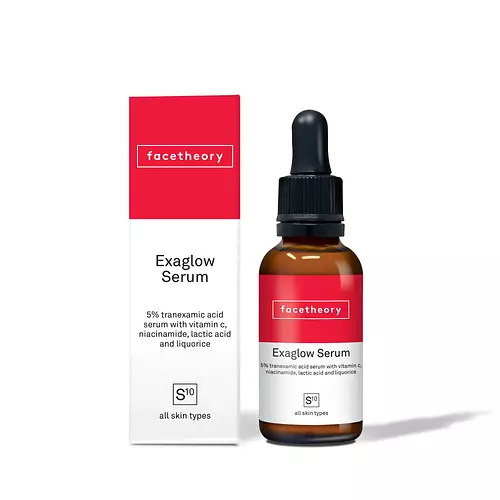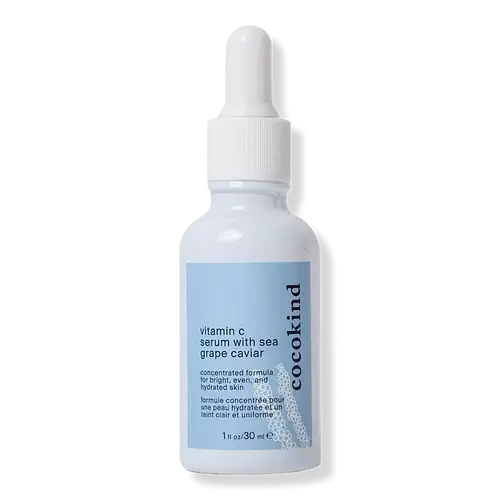Updated on July 12, 2023
Overview
What they are
These products are both cruelty-free and reef safe serums. They have a total of 4 ingredients in common
Cool Features
They both contain Vitamin C and Vitamin E
Suited For
They're both likely to be good for anti aging, dry skin, brightening skin, sensitive skin, scar healing, dark spots and better texture
Free From
They both do not contain any common allergens, oils, parabens or sulfates
We independently verify ingredients, and our claims are backed by peer-reviewed research. Spot a product that needs an update? Let us know.
Ingredient Info
Murad Vitamin C Glycolic Brightening Serum 53 ingredients
Isntree Hyper Vitamin C 23 Serum 17 ingredients
At a glance
Click on any of the items below to learn more
Murad Vitamin C Glycolic Brightening Serum 53 ingredients
Isntree Hyper Vitamin C 23 Serum 17 ingredients
Notable Ingredients
This product contains 1 ingredient that may have this attribute:
This product contains 2 ingredients that may have this attribute:
This product contains 1 ingredient that may have this attribute:
Benefits
This product contains 1 ingredient that may have this attribute:
This product contains 3 ingredients that may have this attribute:
This product contains 1 ingredient that may have this attribute:
This product contains 4 ingredients that may have this attribute:
This product contains 1 ingredient that may have this attribute:
This product contains 3 ingredients that may have this attribute:
This product contains 3 ingredients that may have this attribute:
This product contains 2 ingredients that may have this attribute:
This product contains 4 ingredients that may have this attribute:
Concerns
This product contains 2 ingredients that may have this attribute:
This product contains 1 ingredient that may have this attribute:
This product contains 1 ingredient that may have this attribute:
This product contains 3 ingredients that may have this attribute:
Notable Ingredients
This product contains 1 ingredient that may have this attribute:
This product contains 1 ingredient that may have this attribute:
Benefits
This product contains 1 ingredient that may have this attribute:
This product contains 2 ingredients that may have this attribute:
This product contains 1 ingredient that may have this attribute:
This product contains 2 ingredients that may have this attribute:
This product contains 1 ingredient that may have this attribute:
This product contains 2 ingredients that may have this attribute:
This product contains 2 ingredients that may have this attribute:
Ingredients Side-by-side
Ingredients Explained
These ingredients are found in both products.
Ingredients higher up in an ingredient list are typically present in a larger amount.
Water. It's the most common cosmetic ingredient of all. You'll usually see it at the top of ingredient lists, meaning that it makes up the largest part of the product.
So why is it so popular? Water most often acts as a solvent - this means that it helps dissolve other ingredients into the formulation.
You'll also recognize water as that liquid we all need to stay alive. If you see this, drink a glass of water. Stay hydrated!
Learn more about WaterAscorbic Acid is is pure Vitamin C. This form makes up the largest amount of vitamin C found naturally in our skin.
Not only is vitamin C great for your overall health and immune system, it also has plenty of benefits on your skin.
Vitamin C is best used for brightening skin. It improves dark spots, acne scars, and hyperpigmentation. This is because it blocks the process of skin darkening when exposed to UV.
Remember: Vitamin C should not replace sunscreen!
Your skin uses vitamin C to build collagen. Collagen is one key component in having a strong skin barrier and plump skin. Vitamin C also plays a role in regulating collagen, thus making it effective in improving wrinkles and fine lines.
Ascorbic acid shows potent antioxidant activity. As an antioxidant, it helps fight free-radicals. Free-radicals are molecules that may damage your skin cells. These antioxidants also protect skin against UV damage.
The best formulations include Vitamin E and/or ferulic acid. These two ingredients help stabilize and provide a boost in the benefits of ascorbic acid. This is because ascorbic acid becomes unstable when exposed to UV and air. In fact, you can tell your ascorbic acid has oxidized when it turns an orange-yellow color.
Ascorbic acid is generally compatible with other ingredients. However, using ascorbic acid with other active ingredients might cause irritation. Two ingredients: copper ions and benzoyl peroxide, will inactivate ascorbic acid completely.
Read more about other types of Vitamin C:
Foods rich with vitamin C include oranges, strawberries, broccoli, bell peppers, and more. When consuming Vitamin C, your skin receives a portion of the nutrients.
Learn more about Ascorbic AcidBetaine is a common humectant (a substance that promotes retention of moisture). It's known to be gentle on the skin and can help balance hydration.
Betaine is best for improving hydration and soothing irritated skin. Studies show betaine may help with uneven skin tones.
Betaine is naturally created in the skin and body. The form found within cosmetic products can be either plant-dervied or synthetic.
Learn more about BetaineEthylhexylglycerin (we can't pronounce this either) is commonly used as a preservative and skin softener. It is derived from glyceryl.
You might see Ethylhexylglycerin often paired with other preservatives such as phenoxyethanol. Ethylhexylglycerin has been found to increase the effectiveness of these other preservatives.
Ingredient Ratings
Here's what our community thinks of the ingredients in these two products.
When to use
Murad Vitamin C Glycolic Brightening Serum 53 ingredients
Isntree Hyper Vitamin C 23 Serum 17 ingredients


Reviews
Here's what our community thinks
Murad Vitamin C Glycolic Brightening Serum 53 ingredients
Isntree Hyper Vitamin C 23 Serum 17 ingredients
ChienYun_CY
No irritation, no weird smell
I switched from Cosrx's Vitamin C 23 serum to this. I prefer this to Cosrx. It has no smell, no irritation and gentle...
No irritation, no weird smell
I switched from Cosrx's Vitamin C 23 serum to this. I prefer this to Cosrx. It has no smell, no irritation and gentle to my skin. If you are a fan of Cosrx Vitamin C serum (but loathe the smell), you may want to try this too.
Lapaki
I've reintroduced this powerful vitamin C serum back into my routine because my hyperpigmentation has re-emerged. After only a few weeks of use,...
I've reintroduced this powerful vitamin C serum back into my routine because my hyperpigmentation has re-emerged. After only a few weeks of use, the dark spots and uneven skin tone have already faded and are much less visible.
Gradually increasing the vitamin C concentration in my routine, I've tried various other serums before - this one is the most effective so far. I'm not sure if I should explore higher concentrations, such as 30%, due to the risk of irritation, which may also be a concern with this one at 23%. So be mindful when introducing this highly potent serum. Isntree recommends using it only once every 3-4 days, and only at night.
The product oxidizes quickly and should be used within two months of opening. Tip: store it in a cool place, such as a refrigerator. It even makes a sizzling or gas tinkling sound when opened, reminding me of a mini bottle of champagne! The fluid has a clear, light consistency with a golden yellow shade. It absorbs very quickly, is not sticky, and is scentless. Plus, it’s cruelty-free.
